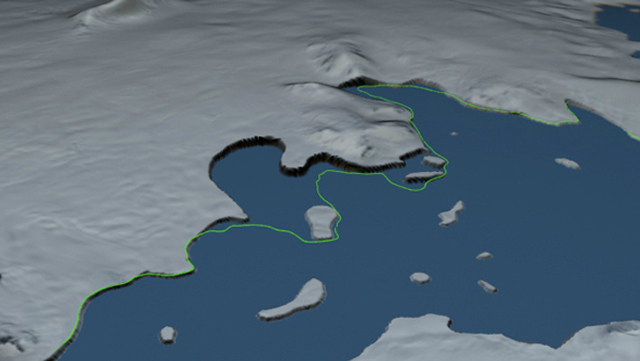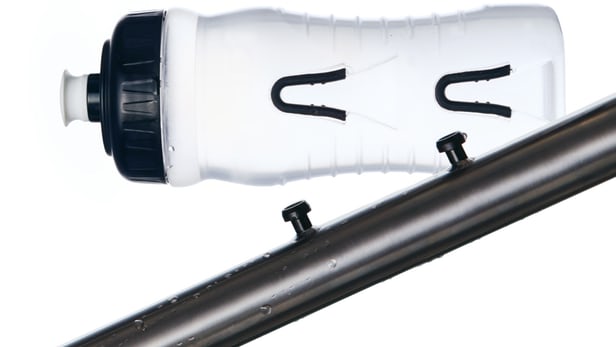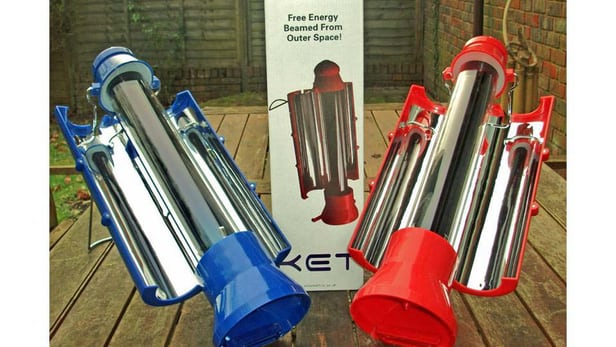Goulburn-Murray Water is responsible for all Victorian water ways and bodies in its region north of the Great Divide covering approximately 68,000 square kilometres. The surface water managed includes an extensive network of streams, creeks, rivers, lakes, weirs and reservoirs, and also irrigation canals. Surface water is managed in two ways, in unregulated systems and regulated systems. Read more
Archive for Article
Warm Ocean Water Takes Toll on Antarctica’s Glaciers
It has become increasingly clear in recent years that ocean waters are eating away at the undersides of the ice shelves that fringe Antarctica and buttress its many glaciers. A new study released Tuesday has found that hundreds of feet of ice have been lost from the bottoms of a few of these ice shelves and glaciers in a region of the continent that is contributing the most to sea level rise.
The glacier that saw the most melt, Smith, lost about 1,000 feet of ice between 2002 and 2009, a stunning amount. The authors think this melt is “a strong piece of evidence” that these glaciers, along with the larger Amundsen region, were subjected to a large influx of warm ocean water during that period.
That influx could be due to changes in ocean circulation related to other changes wrought by climate change, but is still something scientists are avidly investigating. Read more
Where Ceres hides its water
 Frozen water has been lurking beneath the rocky surface of the Solar System’s biggest asteroid since its birth billions of years ago.
Frozen water has been lurking beneath the rocky surface of the Solar System’s biggest asteroid since its birth billions of years ago.
NASA’s Dawn spacecraft began orbiting Ceres (pictured), which is also a dwarf planet, in 2015. This allowed a team led by Thomas Prettyman at the Planetary Science Institute in Tucson, Arizona, to measure hydrogen at the asteroid’s surface.
Water inside Ceres chemically alters the surface, leaving a hydrogen imprint there. The highest hydrogen concentrations appeared at mid to high latitudes. Read more
New cycling water bottle does away with the cage
Although most cyclists probably don’t give much thought to their water bottle or bottle cage, the fact is that like just about anything else, those components can be lightened and simplified. That’s just what British cycling design company Fabric has done, with its new Cageless water bottle.
The idea behind the product is pretty simple. Instead of a separate cage and bottle, Cageless consists of a BPA-free 600-mL bottle with built-in retaining clips, and a couple of plastic studs that mount on the bike’s existing cage bosses. The clips on the bottle engage those studs, so there’s no empty cage left sitting on the frame when the bottle isn’t being used. Read more
Solar Kettle boils water using the Sun’s rays
Developed by British engineer James Bentham, the Solar Kettle can boil water simply by using sunlight. The portable thermos-like product uses a special thermal technology to boil water without the need for any power input, thus making it ideal for camping, picnics and outdoor activities.
The Solar Kettle features a thermal vacuum tube which absorbs and converts the sun’s rays into heat. Two exterior reflectors open out to maximize the amount of solar energy obtained, enabling the water inside to boil without the need for any further energy supply. The kettle also comes with an built-in stand so that it can be positioned to face the sun, along with a thermometer located on the lid, which allows the user to monitor the temperature of the contents. Read more





